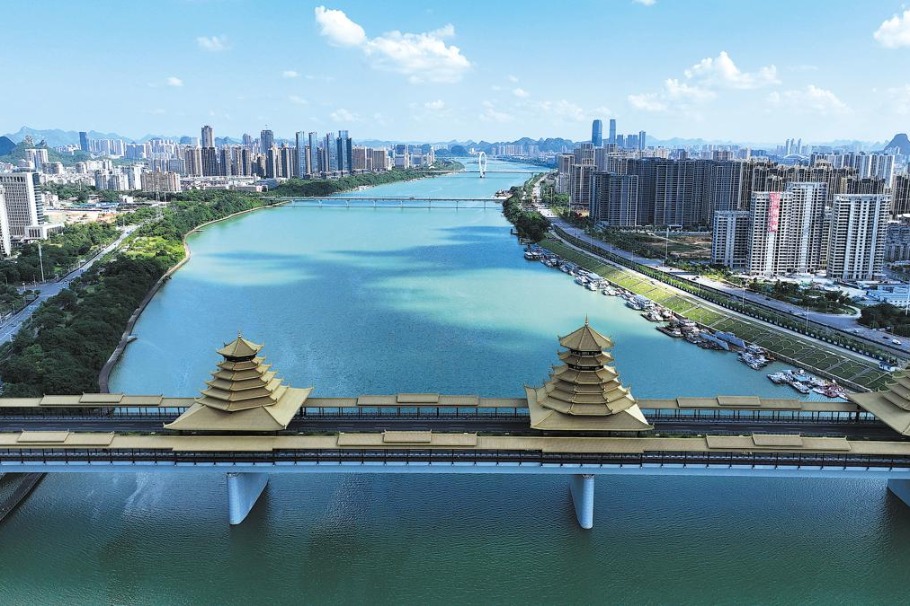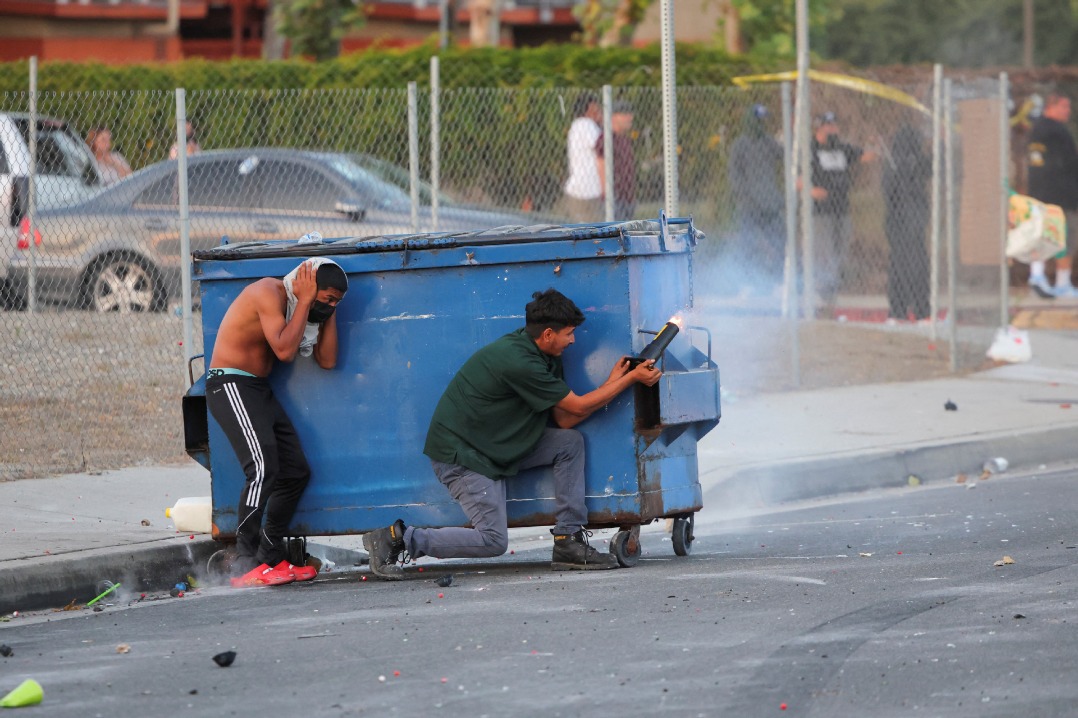Record cold fuels debate on public heating

Temperatures across nation fall To the lowest in decades
Temperatures in China since the end of November have been the lowest in 28 years, meteorologists say.
They have averaged -3.8 C since the last 10 days of November, about 1.3 degrees below the previous lowest recorded average, and the extreme cold has led to a debate over the lack of public heating nationwide.
In Northeast China temperatures have been at a 43-year low of -15.3 C, about 3.7 degrees below the previous lowest recorded average.
North China has experienced its coldest winter in 42 years, with temperatures falling to -7.4 C, 2.4 degrees lower than the average level in previous years.
"I haven't seen such cold for at least 15 years," says Wu Xinxin, a white-collar worker in Beijing. "Most of my female colleagues have been wrapping themselves in blankets."
To outsiders, South China may often seem like it enjoys spring all year round, but things have not been much better there. Much of the south will continue to experience cloudy skies, rain and snow, the National Meteorological Center says.
Many other areas have also experienced extremely low temperatures, including parts of Xinjiang Uygur autonomous region, Shandong, Yunnan, Guizhou, Hubei, Hunan, Fujian, Guangdong and Hainan provinces.
In Guangxi Zhuang autonomous region, one of the country's biggest winter vegetable producers, icy weather has damaged more than 8,300 hectares of crops over the past week.
In Jiangxi province, East China, air and expressway traffic was disrupted on Jan 4 as overnight snow fall continued. Snow fell widely in the province during the week, five centimeters on one day alone in some areas.
People in the south, many not used to such cold weather, were being forced to buy heaters and wrap themselves in thick jackets.
Hu Haixia, owner of a down jacket tailoring store in Hengdian, Zhejiang province, says orders for down jackets were so heavy that it had to call a halt to online orders.
In Hefei, capital of Anhui province, shelters equipped with quilts, coats and food have opened to the homeless.
"There are shelters and aid stations for the elderly and homeless in all communities and villages in our district," says Zou Zhongxian, a civil affairs official in the city's Luyang district.
The civil affairs bureau in Guangzhou, capital of Guangdong province, has also arranged more than 1,300 shelters for the elderly.
As the cold weather continued to bite, many people in the south were calling for public heating to be installed.
Such heating is normal in the north of the country, whose provinces benefit from a line drawn by the late premier Zhou Enlai six decades ago.
The line, which stands between the latitudes of 32 degrees north and 34 degrees north, almost along the Huaihe River and Qinling Mountains, not only defines where the north and south begin and end, but determines the conditions in which Chinese live through winter.
Cities to the north of the line have public heating that is generated by hot water pumped into buildings from government heating stations. That means that as temperatures plunge into the minuses outside, temperatures can remain at over 20 C inside.
But in the south, where no public heating is provided, room temperatures can fall below 10 C, forcing people to take their own measures to keep warm.
The record low temperatures have helped stoke discussion on the matter. Some contributors to the Twitter-like Sina Weibo have painted a picture of northerners sitting in their homes eating icecream as the snow falls and the wind howls outside, while southerners wrap themselves in thick blankets inside as the sun shines.
"With no heating, even getting up takes a lot of courage," one contributor said.
Dai Tongtong, a first-year university student in Wuhan city, Hubei province, who is a northerner, says the cold mixed with moisture in the south affects her no matter how thick her clothes are.
In an opinion poll conducted by qq.com on Jan 3, 88 percent of 104,618 respondents said public heating should be installed in the south.
Suggestions from one person that people in the south are used to wet winters and might not adapt themselves to indoor radiators that can make the air dry were widely derided.
Some local governments in the south have taken measures to build trial heating networks in urban communities.
One argument against such moves is that the result will be greater power consumption.
However, Zhang Xiaomei, a member of the Chinese People's Political Consultative Conference, the country's top political advisory body, says that pushing the public-heating line south would not only provide warmth to people, but expand domestic demand and increase employment.
More public heating in fact offered "a solution for energy conservation and emissions reduction", Zhang says.
But a report by the China Academy of Building Research says power consumption in 10 southern provinces has surged because of the use of electric heaters, from less than 100 million kilowatt-hours in 1996 to 39 billion kilowatt-hours in 2010.
Professor Jiang Yi of Tsinghua University, who is also an academician of the Chinese Academy of Sciences, estimated that if the government built public heating networks in the south, the total energy consumption of the country's urban buildings would rise 4 percent.
Han Xiaoping, chief information officer of china5e.com, an energy information website, says that installing public heating in the south would be inefficient and uneconomic.
"The coldest period in the south usually lasts less than 60 days, compared with 120 to 180 days in the north," Han said in an interview with China National Radio, "so it makes no sense to build a complicated heating network from scratch."
One problem in the south is that heat insulation is given too little attention in architectural design, and single-layer window glass is installed in houses, he says.
China Daily-Xinhua
(China Daily 01/11/2013 page3)
Today's Top News
- China unveils first deep-sea testing site
- Green algorithms leading sustainable revolution
- Tech narratives equally vital in AI progress
- China approves some rare earth export applications
- Sino-US talks expected to help build up consensus
- National Guard arrives in Los Angeles amid immigration protests






























